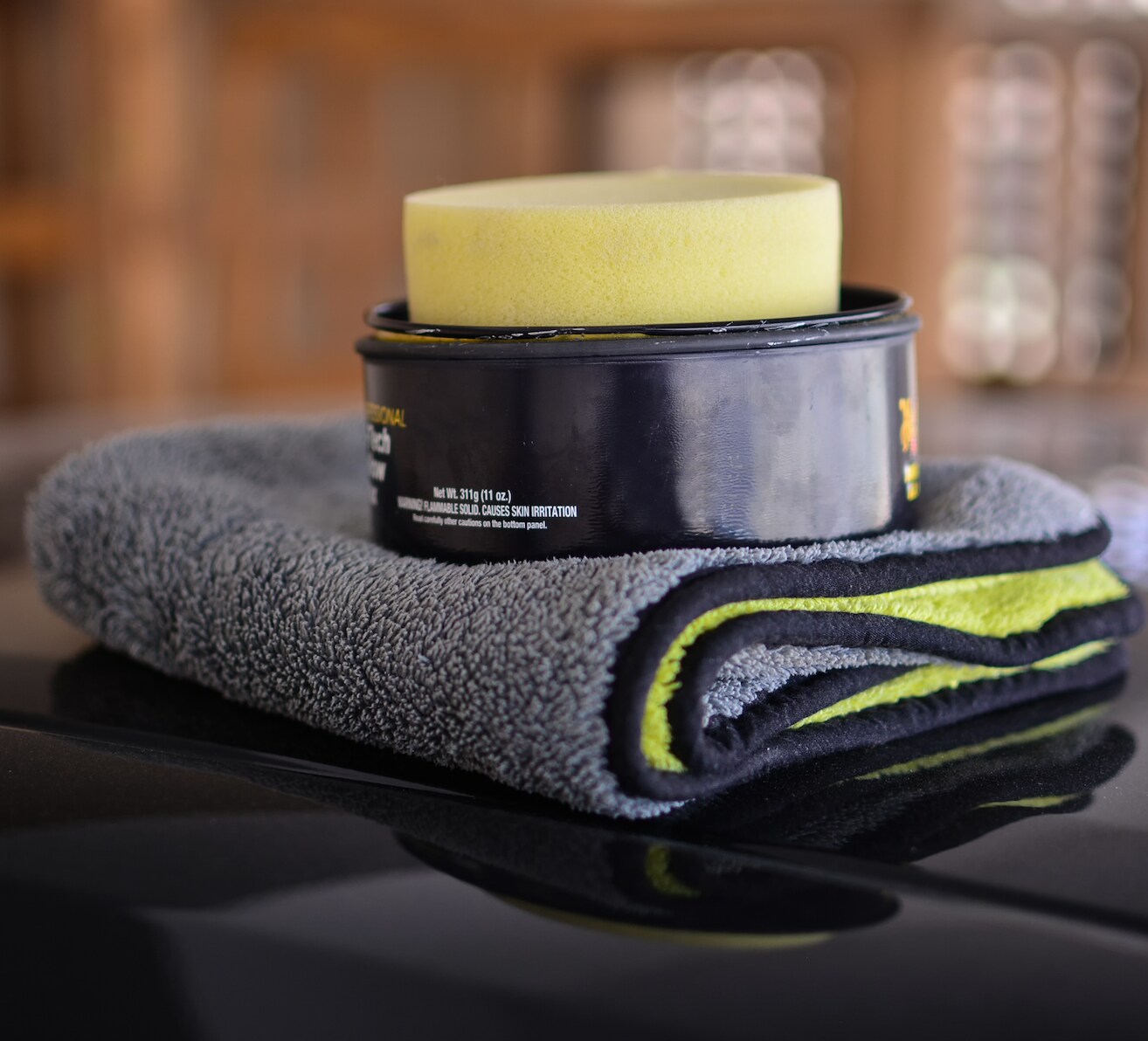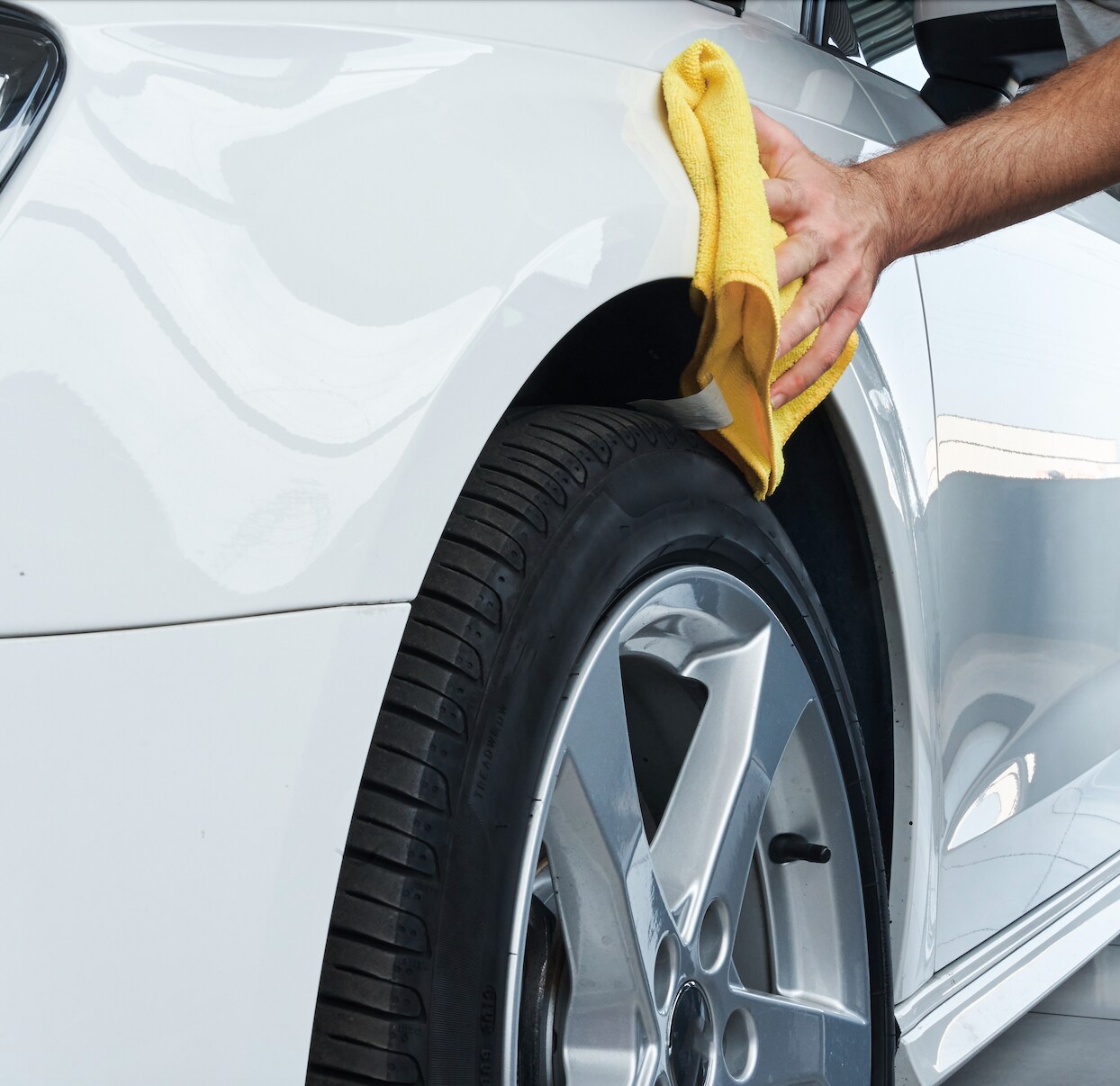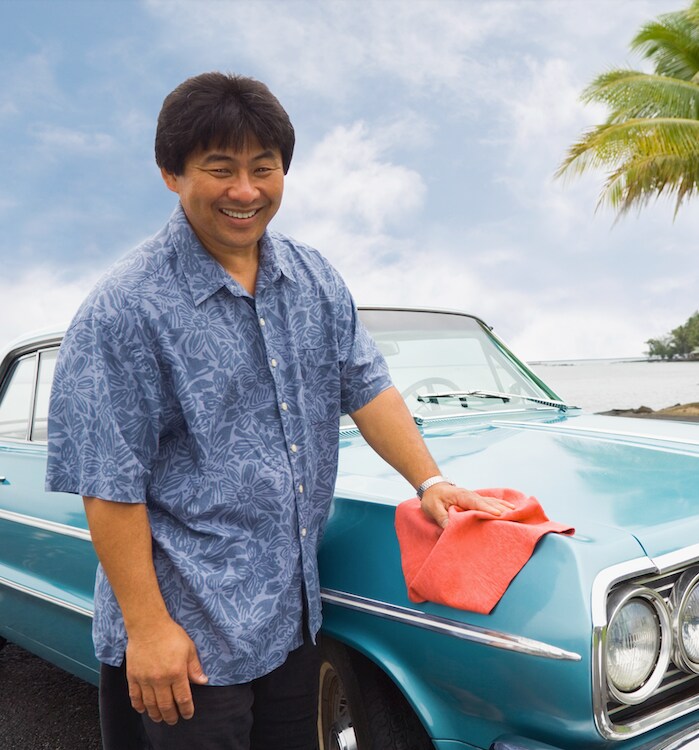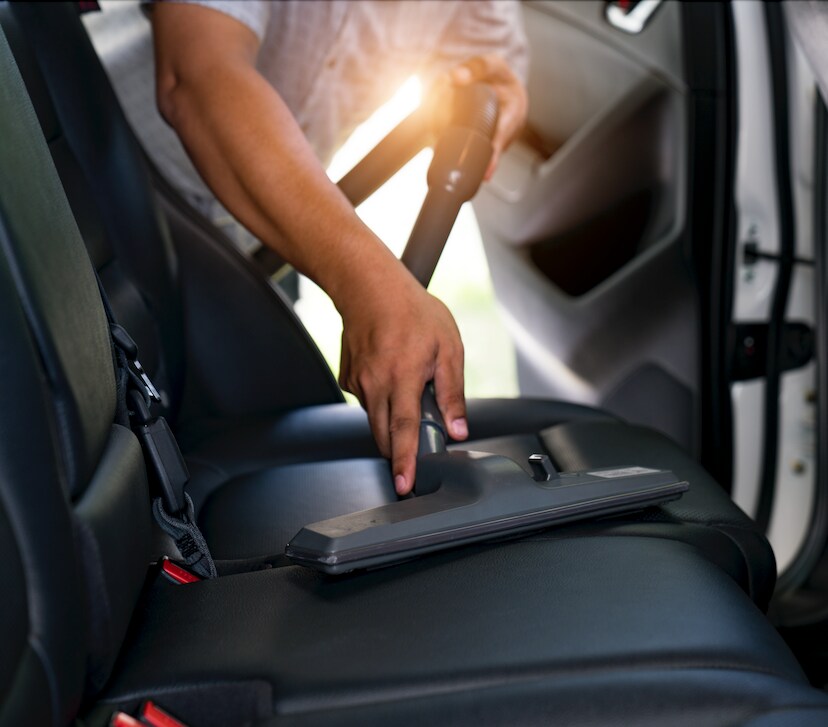
DIY Car Detailing

Keep it clean
We've all seen ads for car detailing or perhaps you've had your car detailed. If you have, you know that the cost can run anywhere from $100 to $300 dollars to make your vehicle look showroom new. That's because auto detailing involves washing, waxing, polishing, perhaps using a clay bar, even ceramic coating the finish of the car and that's just the outside. Inside, there's vacuuming, cleaning, treating the leather, and using special cleaning tools to remove dust and debris from air vents and hard to reach places. All that takes time and a quite a few expensive products.
Handling car detailing on your ride yourself can be a very rewarding experience. Not only will you save money, but the zen-like experience of becoming one with your car can be an act of meditation and a lot of fun to boot. So, let's talk do it yourself car detailing. This guide should set you on the path to a sparkling car, truck, or SUV.
Basic Rules
It is best to wash your car every couple of weeks and wax it every six months. Instant Detailer can be used to keep the finish bright in-between waxes. If you decide to add ceramic coating, it may protect your car's finish for two years. Never wash your car in direct sunlight or use detailing products on a hot surface. Wash and wax your car in the shade or indoors. Keep your car wash water, mitts, and towels clean. You don't want to use dirty water or filthy mitts to wash your vehicle. Pour out dirty water and refill your bucket with clean water and soap as needed. Spray your mitt with the hose to keep it clean of debris that can scratch your clearcoat.
Tip: Use plush microfiber towels to dry your car after it has been washed and use fresh microfiber towels to remove wax. When removing wax, work in small areas, using a circular motion to bring out a dazzling shine.
Getting The Right Products
Before we start applying any elbow grease, it is very important that you use the right products on your vehicle. Everyone has their own idea on how to properly wash and wax a car but know that we have reached out to a number of car detailing experts to put this guide together. The goal of detailing is to protect your car's paint, glass, and body parts from harmful UV rays as well as road dirt, bug splatter, bird poop, and tree sap, among other things.
The auto detailing business is a $10-billion-dollar industry in the United States consisting of many thousands of detailing products. A trip to your local auto parts store will reveal an amazing array of detailing items including:
- Mitts
- Microfiber towels
- Washes,
- Waxes
- Treatment products for leather, plastic, carpet, and more.

Favorite Brands
We all have our favorite brands based on positive experience, but we would suggest quality products by such companies as Mothers, Meguiars, Zymöl, Turtle Wax, Chemical Guys, Shine Armor, and IPELY clay bars. If you are interested in buying an entire car detailing kit that includes everything you need, Mequiars has an excellent 12-piece kit with everything you'll need that sells for $65.99 on Amazon.
Washing the Car
While many people run their cars through a commercial car wash, these businesses use recycled water and brushes that can scratch your clearcoat and paint. We prefer washing the car by hand and auto detailing begins with a thorough wash of the vehicle. You'll need quality low pH car wash soap, a bucket filled with soapy water, a water hose with an adjustable nozzle, microfiber towels and a wash mitt. Make sure that nothing you are going to touch the car with can scratch the finish. Paper towels, regular cloth towels and sponges can scratch the clearcoat. The first rule of car detailing is "do no harm."
Speaking of, before you wash your car, remove any jewelry, wrist watches, wallet chains, keys, and belt buckles as they can accidentally scratch the finish of your vehicle. Trust me, you don't want that.

Applying The Clay Bar
Detailing experts praise the use of a clay bar to bring back the showroom luster of a car's finish. You only need to use a clay bar once every two years to get the desired effect. Many car detailers use the clay bar as preparation for ceramic coating. You only use a clay bar once and then throw it away. Another possibility is to use a detailing mitt on your car.
A clay mitt fits over your hand, making it easier to use and it is larger so you can cover more surface area. Plus, you can use a detailing mitt over and over and they are easy to clean. But whether you decide to use a clay bar or mitt, both rely on a lubricant to help them glide across your vehicle's painted surfaces.
Work small areas at a time, saturating the area with detailing spray of lubricant. It's best to use a crosshatch pattern to remove surface contaminants. Once the area feels smooth, use a clean microfiber towel to wipe down the area. Feel the surface with your fingertips to compare it to an area you haven't worked on. There should be a distinct difference between how slick the two surfaces feel. Repeat these steps, working over the surface of the car, one panel at a time.
Waxing/Ceramic Coating the Car
The next step in detailing your car is waxing it or applying ceramic coating. Make sure you have a clean waxing mitt and plush microfiber towels for this part of the process.
There are many excellent car wax products available and the process for applying them are pretty much the same. You squirt a healthy amount of wax on your polishing mitt and swirl it around on an area of the car, letting the wax dry to a dull finish before removing it with a clean micro-fiber cloth. Turn the cloth over frequently as you remove the dried wax. Continue this process until an entire panel of the vehicle has been waxed. Use a fresh micro-fiber cloth to go over the panel again. Admire the shine.
Ceramic coating offers a higher level of protection than wax. It lasts for two years and repels water like crazy. After a rain, you'll notice that a ceramic coated car will have millions of little beads of water all over the vehicle. No matter whether you choose wax or ceramic coating, remember to only apply these products to a cool, dry surface using a non-abrasive cloth or pad, well away from the sunlight or wind.

A Word About Buffing
Professional auto detailers often use an electric buffing wheel to polish the vehicle prior to applying a ceramic coating. While using a power buffer will speed up the polishing process over hand-polishing, it is easy to damage the clearcoat. If you focus too intently on one area, you can buff right through the top finish of the clearcoat and ruin the luster in that area.

Interior Detailing
Once you have achieved perfection with the outside of your car, you are ready to handle detailing the interior. While you still have a moist towel handy from washing the car, use it to wipe down the car door jams and sills where water collects after a proper wash.
Pull out the floormats and set them aside, then thoroughly vacuum the floor. Make sure to use a vacuum hose under the seats as well. You can also use the vacuum on the seats themselves to remove any dust and debris, crumbs and the like. Depending on the kind of floormats you have, you can either vacuum them while they are out of the car or wash them if they are made of rubber.
There are many excellent leather or fabric cleaners for the seats. Just spray them on and wipe them clean. The same goes for all interior surfaces, the dash, console, and plastic bits. I always use a good glass cleaner on the inside and outside of the windshield, back, and side windows.
Once the entire inside of the car is smelling good and looking awesome, a nice finishing touch is to use a toothbrush or other small brush to remove dust from the air conditioning vents, radio and other hard to reach areas of the dash and controls.
Let Lithia Help
If all this sounds like too much hassle to handle yourself, let your local Lithia Auto dealer help. We employ expert auto detailers at many of our locations that are trained to make your vehicle look better than new.


